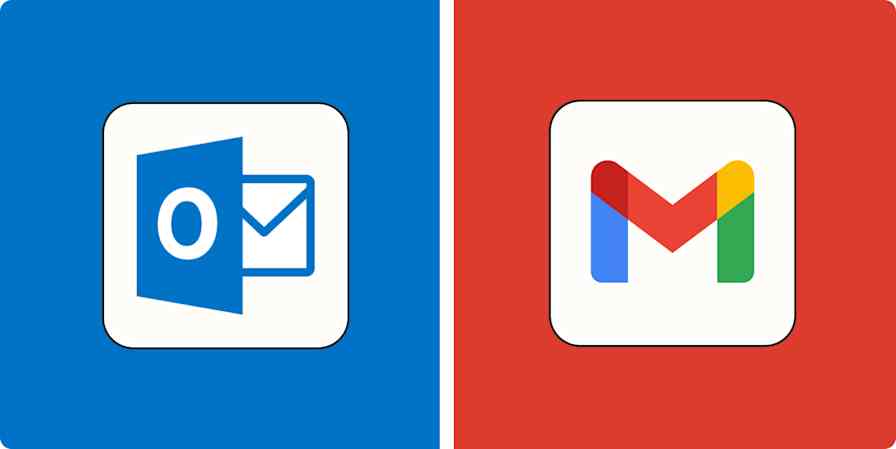Productivity tips
4 min readNo Email Should Take More than Five Minutes to Write
By Deb Tennen · September 2, 2019

Get productivity tips delivered straight to your inbox
We’ll email you 1-3 times per week—and never share your information.
tags
Related articles
Improve your productivity automatically. Use Zapier to get your apps working together.








